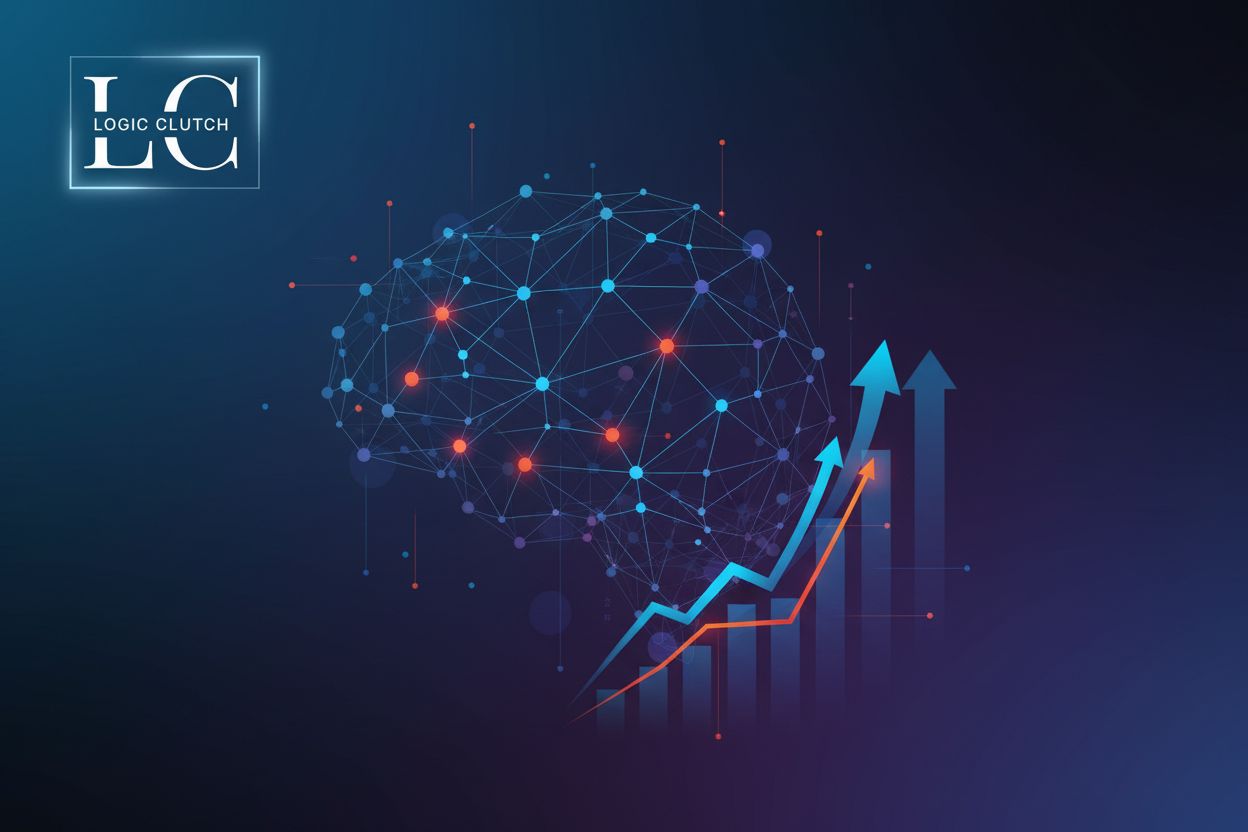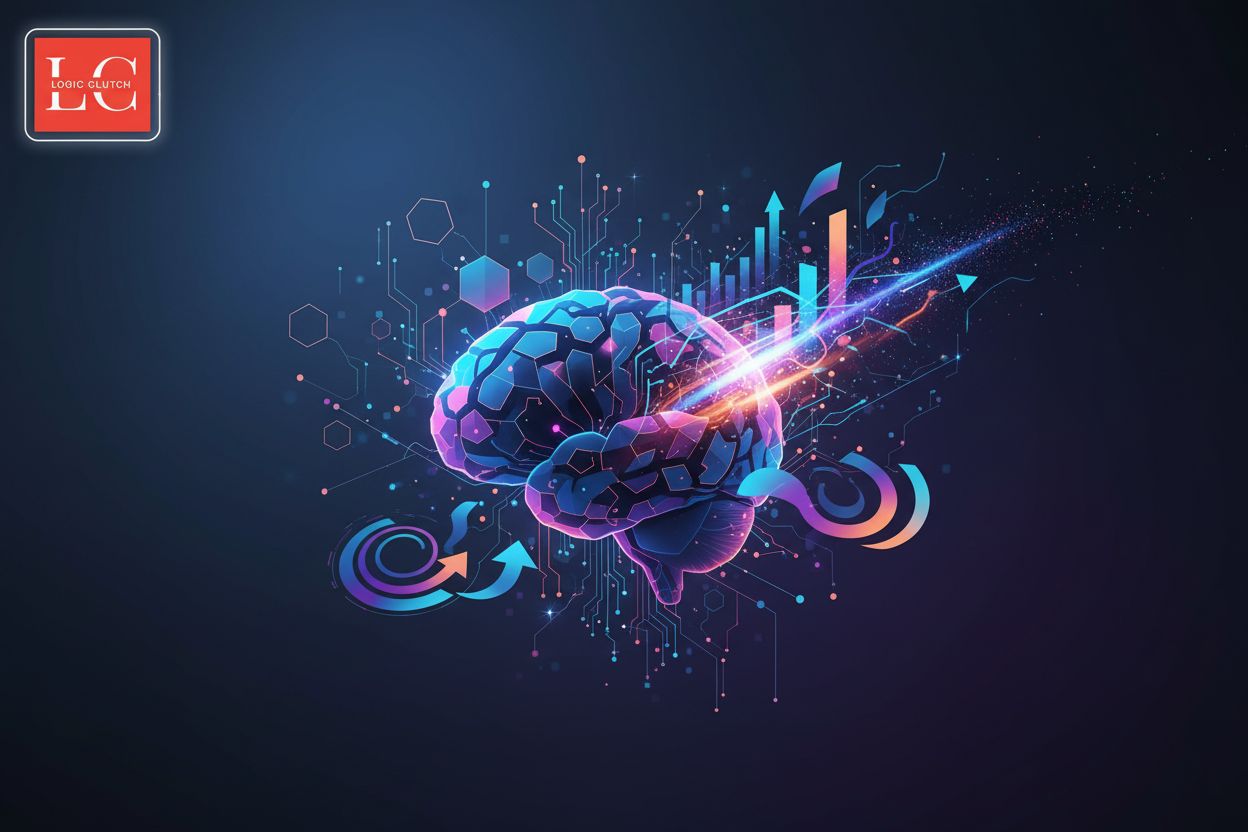Benefits of Generative AI and Semantic Data for Enterprises
TL;DR
Introduction: The Convergence of Generative AI and Semantic Data
Generative ai and semantic data? Sounds like some sci-fi stuff, right? But it's here, and it's changing things.
- Generative AI is like that artist friend who can whip up something cool from scratch. It creates new stuff from whatever data it's been fed.
- Semantic Data is more like adding context to that art, giving it meaning so everyone "gets it".
- This combo? Well, it's supercharging ai, making it way smarter and useful across industries.
Think healthcare, retail, even finance. I mean, imagine personalized medicine or hyper-targeted ads that actually get you.
As Dustin Tingley, Deputy Vice Provost at Harvard, put it, “the breadth of things that ChatGPT is able to do is stunning.” We'll dig into why this matters for your enterprise next.
Enhanced Decision-Making with Generative AI and Semantic Data
Okay, so you're thinking about using generative ai and semantic data to make better decisions? Honestly, it can be kinda game-changing.
- Semantic data gives ai the context it desperately needs. It's like giving a GPS directions and telling it why you're going there. This helps ai analyze data a lot more effectively.
- Generative ai then takes all that complex jazz and spits out insights you can actually use, like, in real-time. Imagine seeing market trends as they happen, not a week later.
- The result? Decisions are faster and way more informed. We are talking about acting on data that's actually relevant, you know?
Think about supply chain management. With semantic data, ai can understand all the relationships between suppliers, logistics, and demand. Then, generative ai can summarize potential disruptions and suggest alternative routes – before you're even late on deliveries! It is like having a crystal ball, but based on actual data, not, well, magic.
The University of Cincinnati noted that ai can deliver data business leaders need in real-time, so they can make snap decisions with confidence.
Next up, we'll look at how this power couple can see into the future with predictive analytics.
Personalized Customer Experiences Through AI and Semantic Understanding
Personalized experiences? It's like, the thing everyone's chasing, right? You see it everywhere, but how do you actually make it happen? Well, ai and semantic data might just be the answer.
Understanding customer intent is key. Semantic data helps ai figure out what customers really want, not just what they say they want. Think about it: if someone searches for "cheap flights to Florida," are they looking for a vacation or a one-way ticket? Semantic analysis can tell the difference.
AI then crafts personalized content. Instead of generic emails, generative ai can create unique messages tailored to each customer's interests and past behavior. Imagine getting an email with deals on hiking gear right after you've been browsing hiking trails.
Engagement goes up! When interactions are relevant, customers are way more likely to pay attention. It's not just about blasting everyone with the same ad, it's about creating meaningful connections.
Imagine a clothing retailer. It uses semantic data to understand a customer's style preferences – maybe they always look at "boho chic" items. Generative ai then designs personalized ads showcasing new arrivals that fit that aesthetic. It's way more effective than just showing them everything in the store.
Next up, we'll dive into how ai-powered chatbots are changing the customer service game.
Streamlining Operations and Enhancing Efficiency
Okay, so you want to make things smoother in your business? Streamlining operations is where it's at. You know, cutting out the fat and making things run like a well-oiled machine. Ai and semantic data can seriously help with that.
Let's be real, nobody loves doing the same boring tasks over and over.
- AI handles data cleansing, integration, and validation. Think about it: no more manually checking spreadsheets for errors all day. Ai can automatically identify and fix inconsistencies, saving you time and headaches.
- Semantic data ensures data accuracy and consistency. It's like giving ai a cheat sheet, so it knows what data means and how it all connects. This means fewer mistakes and more reliable insights.
- Reduced manual effort and improved data quality. This translates to happier employees and better decision-making. It's a win-win, really.
Supply chains can be a real mess, right? Too much stock, not enough, delays, the whole shebang.
- AI uses semantic data to optimize inventory levels and logistics. By understanding relationships between suppliers, warehouses, and demand, ai can figure out exactly how much of everything you need.
- Generative ai predicts potential disruptions and recommends solutions. Imagine getting a heads-up about a shipping delay before it impacts your customers. Ai can suggest alternative routes or suppliers to keep things moving, so you won't lose sales.
- Improved supply chain efficiency and reduced costs. Less waste, faster delivery, and happier customers? Yes, please!
As Harvard Online noted, AI is a collection of algorithms.
So, what's next? Let's talk about how these tools can boost customer service with chatbots.
Implementation Strategies and Best Practices
So, you're ready to actually do this ai thing? It's not just theory, people really are putting this stuff to work...and you should too.
Data governance is key, obviously. You can't just throw ai at any old data and expect magic. Think of it like this: if your data is a messy room, ai is a super-efficient cleaner but it needs clear instructions and labeled boxes, right?
Choosing the right ai tools is vital. Don't just grab the shiniest new toy. What works for a huge bank ain't necessarily gonna work for a small retailer, you know? Consider what you actually need.
Integrating ai into what you already have is the tricky part. You don't want to rip everything out and start over, that's a nightmare. Think apis. APIs (Application Programming Interfaces) are like translators that let different software talk to each other. You want ai to play nice with your existing systems, not fight them.
Imagine a hospital. They're not just throwing ai at everything. They've got a clear data governance policy, making sure patient data is secure and accurate. Also, they're using apis to seamlessly integrate ai-powered diagnostic tools with their existing ehr system. It’s all about making things work together.
Getting this right is how you actually realize the benefits we've been talking about. Now, let's dive into the ethical side of things... 'cause that's important too.
Addressing Challenges and Risks
Okay, so ethical stuff in AI...it's kinda like the Wild West, right? Lots of potential, but also, lots of ways things can go wrong if you ain't careful.
- Data privacy has to be priority number one. We're talking about real people's info here, not just numbers on a screen. That means solid security and sticking to those regulations like gdpr and ccpa.
- AI bias is a sneaky problem. If the data you train ai on is biased, guess what? The ai will be too. It's about making sure everyone gets a fair shake, no matter what.
- Skills gap is real, folks. You can't just plug ai in and expect it to run itself. We need people who know what they're doing, which means training and attracting talent.
Ignoring these issues? That's how you end up with problems down the road. So, next up, let's look at some real-world examples of how companies are putting these technologies to work.
Real-World Use Cases and Success Stories
Okay, so, real talk? It's easy to get lost in the theory of ai. But what about actual, you know, stuff happening? Well, let's dive in.
Healthcare: Forget generic treatments. Ai is crunching patient data to create super-personalized plans, tailoring meds and therapies to your body's unique needs. It's like medicine finally getting personal, for real.
Retail: Remember those "recommended for you" sections that were kinda creepy? Ai's making them actually useful. It figures out what you really want, not just what you clicked on once.
Finance: Think fraud detection is all about some dude watching screens? Ai's on it, spotting sketchy transactions way faster than any human, using semantic data to understand the context behind the numbers.
It's not just about tech bros and silicon valley, either. Ai is popping up everywhere.
And that's just scratching the surface. These aren't just "potential" benefits anymore. Companies are seeing real results. As per master of code, 68% of executives believe that the benefits of generative ai far outweigh the risks.
So, what's next? Let's look at how all this affects your day-to-day, and also all those tricky legal bits.
Partnering with Logic Clutch for AI and Data Solutions
Thinking about integrating ai and semantic data into your business? It's a big step, and you don't wanna go it alone, trust me.
- Logic Clutch specializes in enterprise tech consulting, like, really getting into the nitty-gritty of master data management and salesforce crm.
- They’ve got a whole range of offerings, from on-demand development to ai-powered saas solutions. It's a whole ecosystem; they don't just do one thing!
- They help businesses actually use ai and semantic data, not just talk about it. It's about achieving real digital transformation, not just buzzwords, you know?
Want to know how it all ties together? In the next section, we'll wrap it all up with a few final thoughts.
Conclusion: Embracing the Future with Generative AI and Semantic Data
Okay, so we've gone through a lot, right? It's like, where do we even begin to wrap this up? Generative ai and semantic data have a wild potential, but it's about how you put 'em to work.
- AI and semantic data are changing how businesses operate. It's not just hype, it's a real shift, you know? Like, think about retailers now being able to create super-personalized shopping experiences.
- Enterprises embracing these technologies are getting a leg up. It's not just about keeping up; it's about getting ahead. It allows for new services and also products.
- The future is data-driven. Companies that get this now? They're going to be the ones leading the pack. It's like the difference between driving with a map versus just winging it.
To really harness this power, consider these steps:
- Assess your data and ai capabilities. What do you even have to work with? What needs fixing?
- Develop an ai and semantic data roadmap. Where you wanna be in, say, five years? Seriously, make a plan.
- Partner with experts 'cause let's be real, this stuff can be complicated.
It's all about taking the plunge, but smartly. Don't just jump in without a life raft, you know? For many executives, the benefits of generative ai far outweigh the risks. So, what are you waiting for?













